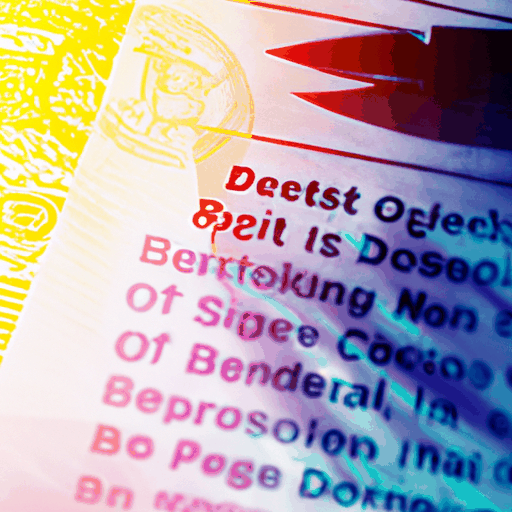
Understanding Stablecoins and Their Regulation
By: Isha Das
Stablecoins have become a significant part of the cryptocurrency ecosystem, providing a bridge between digital currency and traditional financial systems. Essentially, a stablecoin is a type of cryptocurrency that is designed to minimize price volatility by being backed by a reserve asset, like the U.S. Dollar.
Recently, there has been much debate about the regulation of stablecoins in the United States, as seen in the discussions surrounding the Guiding and Establishing National Innovation for U.S. Stablecoins (GENIUS) Act. This proposed legislation highlights the complexities of integrating stablecoins into the broader financial system and ensuring consumer protection while fostering innovation.
An important concept within this context is the dual-option regulatory framework for stablecoin issuers, which allows them to choose between federal or state oversight. This could potentially offer flexibility but also raises questions about regulatory consistency and effectiveness in safeguarding financial systems from risks such as money laundering and market disruptions.
Another key consideration in the regulation of stablecoins is ensuring that issuers maintain adequate reserves and transparency, aligning with traditional financial stability norms to inspire trust and confidence among users.
The ongoing developments around the GENIUS Act also underscore the need for bipartisan cooperation to craft regulations that not only maintain the integrity of the U.S. financial system but also position the country as a leader in digital asset innovation. For more insights on stablecoin regulation, you can read the detailed article at Block Briefly.



